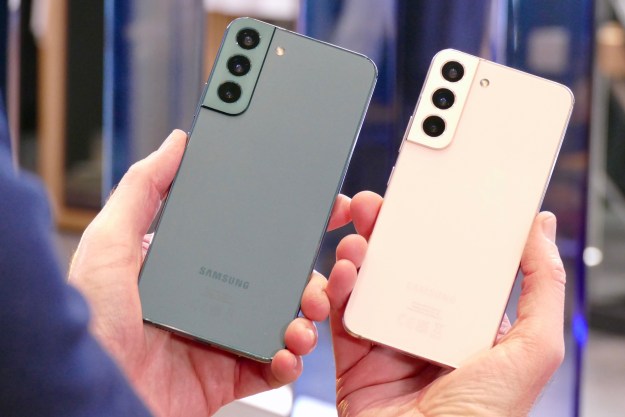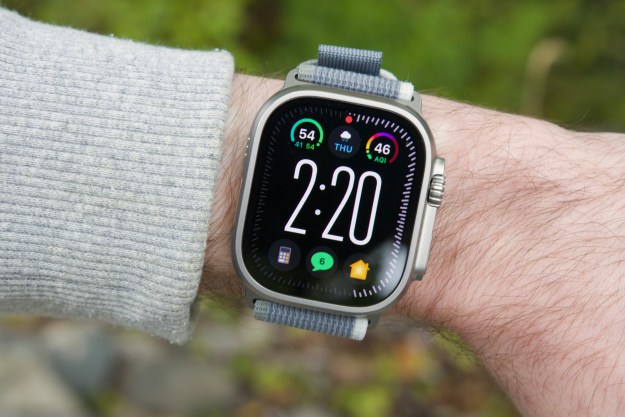
If you’re into wearable tech, but smartwatches have become yesterday’s news, and Google Glass is simply too dorky to be of interest, then the Ear Switch could be exactly what you’re looking for. Developed by Kazuhiro Taniguchi at the Hiroshima City University, it’s one of the most subtle pieces of wearable tech we’ve seen.
The device plugs into your ear, just like a regular Bluetooth earpiece, but instead of offering visual information like most wearable tech, it offers voice commands and instructions. The built-in sensors include GPS, a compass, a barometer, an accelerometer, and a gyroscope, the latter of which will assist with controlling the device.
Rather than touching panels or speaking to the Ear Switch – it also has a microphone – it will respond to subtle head movements to switch modes. Alternatively, an infrared sensor monitors biting-style muscle movements made with your mouth, or even sticking your tongue out and wiggling your nose. It’s an interesting alternative control method, albeit one which will make it look like you’ve gone mad.
The Ear Switch is a concept at the moment, so details on the functions it’ll be able to perform are limited. A video, in Japanese, shows how it may work though, and hints at navigational directions being whispered into your ear, along with information on points of interest. It connects up to your phone using Bluetooth, so the usual notification alerts are almost certainly going to be included, along with streamed music.
There’s also talk of a second version for older people, which would double as a hearing aid, plus alert relatives should the wearer fall down or leave a set area. Its in-ear placement makes it ideal for monitoring pulse and body temperature, so it could replace your Gear Fit too.
Perhaps the biggest advantage of an earpiece like the Ear Switch is its unobtrusiveness. Google Glass really stands out, and smartwatches need to get much better looking before they’re widely accepted. The Ear Switch is hardly noticeable, particularly if you have long hair. Intel demonstrated a similarly designed device during CES earlier this year.
If you’re already sold on the Ear Switch, sadly it’s not about to hit a store near you very soon, although should the right company strike a deal with its creator, apparently it could realistically be ready by late 2015 or mid 2016.
Editors' Recommendations
- An Apple smart ring could be coming soon
- Google’s Pixel Watch is real and it’s coming soon
- Google’s long rumored Pixel Watch may finally be coming next year




